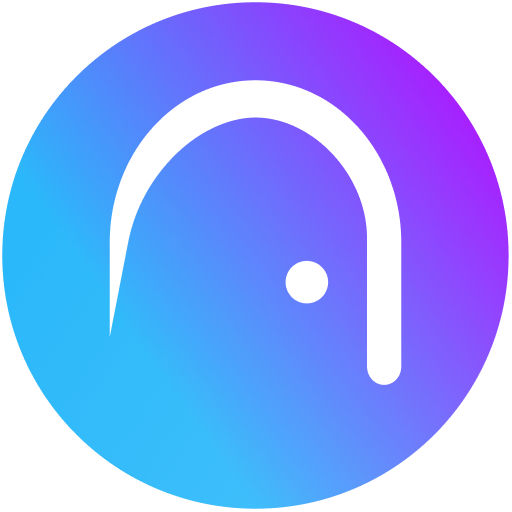PFP NFTs exploded onto the web3 scene in 2020. This emergence was led by the Cryptopunk collection. The collection, created by Larva Labs, ultimately paved the way for other PFP collections. There are several such collections on the blockchain today. All offer unique art, innovative use cases, and more importantly, a unique means of self-identification across social platforms.
TL;DR
- PFP NFTs are mainly used as profile pictures on social media platforms
- They could also attract other utilities such as community membership, access to special events, and exclusive offers
- PFP NFTs are generative arts. They typically exist in collections of up to 10,000 unique arts.
What is PFP NFT?
PFP NFT has become quite popular in the past few years. Their popularity has often been the basis for the general misconception that most people have about NFTs as a whole. “PFP” is an acronym for “Profile Picture”, and NFT is an acronym for “Non-fungible tokens.” Therefore, PFP NFT simply means NFTs that can be used as social media profile pictures.
PFP NFTs are two-dimensional image art that is minted on the blockchain. This class of NFT differs from one-of-one NFT because they are created with the help of computer software. In other words, PFP NFTs are generative art. A typical PFP collection can contain up to 10,000 similar but unique pieces of art that are distinguished by their attributes, features, and rarity.
Since PFP NFTs are two-dimensional pieces of art, they usually fit in as profile picture images on social media platforms and communities such as Twitter, Instagram, and Discord. Some of the most popular PFP NFT collections around today include Cryptopunks, BAYC, Meebits, Cyberkongz, Doodles, and more.
What are PFP NFTs used for?
The most obvious instance of PFP NFT usage is in the form of social media profile pictures. Nevertheless, it must be stated that not all PFP NFTs have utilities. A PFP collection like Goblintown.wtf clearly stated that it has no utility for its owners.
Other PFP collections have outrightly been placed in the public domain, better still, they have been labeled as “Creative Commons Zero.” In this instance, anyone can freely use the images without any form of copyright infringement. Projects such as Moonbird and Cryptoadz fall in this category.
PFP collections with utilities usually offer collectors use cases such as access to exclusive membership communities, access to exclusive events, community collaborations, and many more. Other forms of utilities can also include metaverse access, and NFT staking.
Also read: Top 3 NFT Music Record Labels in the World
A tool for Business Adoption
There is a unique business opportunity in PFP NFT. While several projects have gone the route of anthropomorphic images, businesses could seize the momentum to use PFP NFT for real-life use cases.
Businesses could deploy PFP NFT as membership access to gated communities. At the same time, this art could be used as social media profile photos by collectors. Creating thousands of such images could be instrumental in brand awareness and brand engagement on social media. PFP can serve as a true measure of brand adoption and popularity among consumers around the world.
Similarly, brands can also use PFP NFT as a means to grant exclusive offers to users. Notable instances could include facility tours, discount purchases, and invitations to industry events.
Bottom Line
PFP NFT has become an entire sector of its own in the web3 space. However, NFTs as PFPs have transcended their initial conception as social profile images. Today, their utility has expanded. They can now be used as an integral part of business branding, consumer acquisition, and user engagement.


